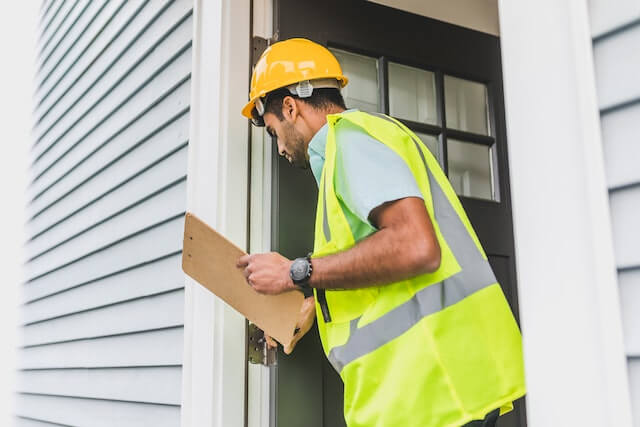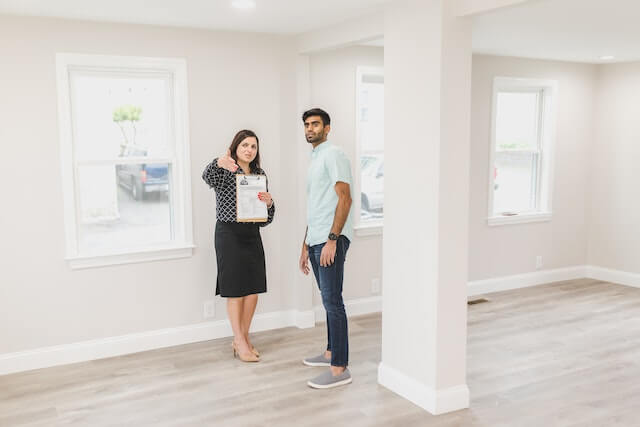Starting a rental business is not simply buying a property and having someone rent it. There are several steps to take before considering a rental habitable. Landlords should prepare the property to ensure its safety and will not cause any problems for future renters.
A landlord cannot declare his property ready if it has not passed all the necessary inspections. There are four types that landlords should complete throughout their business- routine inspections, move-in, move-out inspections, and pre-leasing inspections. We’ll discuss all of them in a minute.

Your job as a leasing agent entails checking if a property has all the required assessments. And you would not want to put up an ad for a rental that isn’t ready, am I right? When you post your property listings at Padleads, you know the unit is a hundred percent all set for occupancy. You are also confident enough to syndicate them to other websites for people to see.
Okay. Back to the topic at hand. Let me give you more details about the necessary inspections.
Pre-lease inspection
The first one determines if the physical structure is safe enough for tenants to move in. Landlords cannot skip this step because it will help them avoid tenant injuries and lawsuits. Property owners can hire a company to do the task and avoid overlooking the tiny details that may become a danger to the tenants.
During the pre-leasing inspection, they will check for possible hazards around the property. It will help the landlords identify which tasks to prioritize and finish. After that, they can determine the possible occupancy date when tenants can move in.

They will inspect the structure for damages to make sure everything is intact and in place. The inspectors will also check the plumbing, ventilation, and electrical aspects. Landlords should confirm they have security features complete with working door locks. There should be no molds and pests present in the building too.
Moving-out inspection
The move-out inspection correlates with the move-in one. The landlord and tenant survey the rental to check for any changes in the property. It includes damages caused by the tenants and caused by the normal wear and tear process.
The result will establish if the landlord can deduct an amount from the security deposit. It will help pay for repair or purchase expenses to address the problem. During the move-in and move-out inspections, landlords should include complete documentation, including photos of the rental. It will assist in avoiding conflict and misunderstandings.
Moving-in inspection
The assessment done before tenants move in is a must-do process. It creates a baseline for landlords and tenants about the state of the rental property before starting the lease. It will also come in handy during the moving-out stage because it will become a comparison to the previous and current condition of the building.

Landlords can make a checklist covering all the areas of the house, such as the kitchen, bathrooms, bedrooms, living room, etc. The tenants will accompany the property owner during the inspection to confirm the assessment. After all, it will confirm any damages and wear and tear during the moving-out process.
Routine Inspections
The landlord should remember that even if the property has passed the pre-leasing inspection, it will not stay that way during the lease. Over time, some of the features might experience faulty operations. For instance, the HVAC system is not doing its maximum capacity. The tenants may start to complain about it.
To avoid these, landlords should schedule routine inspections to ensure that everything is working to maintain comfort. Property owners can have it every six months or once a year, depending on the need. But they should never forget to inform their tenants of these visitations because landlords should get their permission before entering the property.
Landlords should not skip these inspections because it will benefit them and their tenants. They should never take a shortcut when it comes to their business.